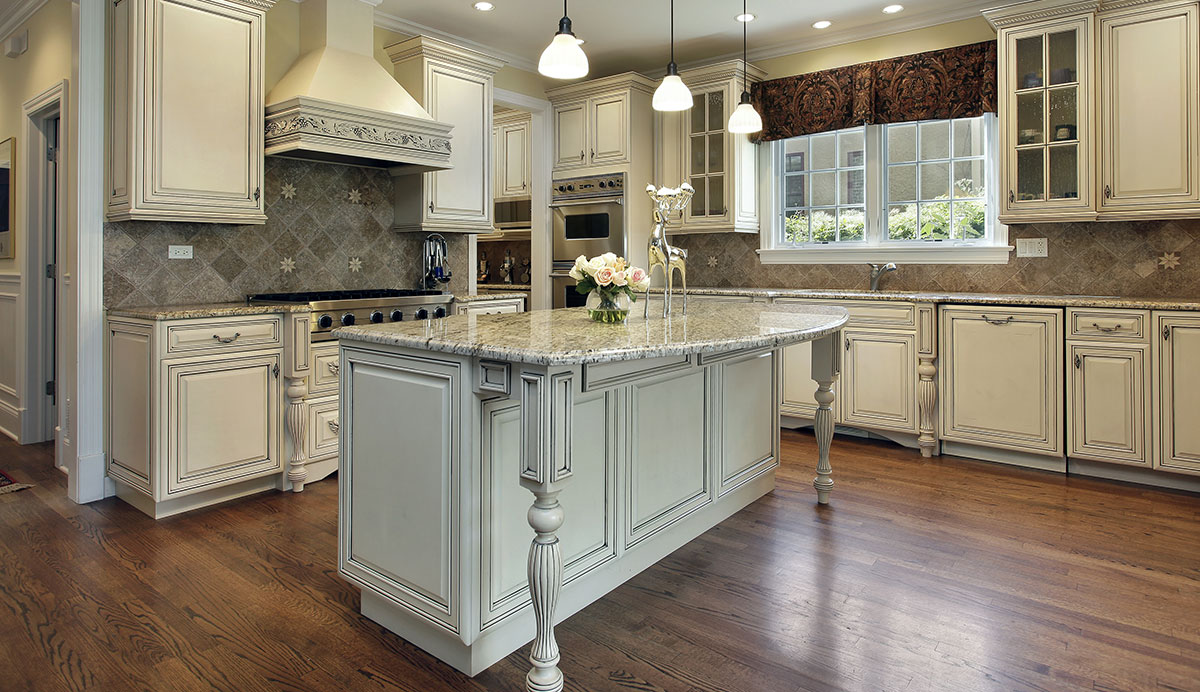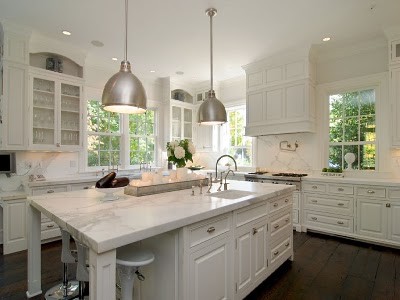Key Factors To Consider for Locating the most effective Legs For Kitchen Area Island for Your Design
When selecting the optimal legs for your cooking area island, several crucial factors to consider come into play that can substantially influence both functionality and appearances. The choice of height, style, and material must align with your general kitchen area layout to ensure a harmonious look.
Determine Your Style Preference
When picking the ideal legs for your kitchen island,Determining your style preference is essential. The legs of your kitchen area island not only serve a practical function yet additionally add dramatically to the total visual of the room. Recognizing your design style-- be it contemporary, rustic, conventional, or industrial-- is important.
For a modern cooking area, think about smooth, minimalistic legs that complement open areas and tidy lines. Standard cooking areas usually prefer transformed or ornate legs, which can add a touch of style and refinement.
In addition, take into consideration the elevation and percentage of the legs in regard to the island's surface. This ensures the visual balance and performance needed for daily usage. Assessing the existing elements in your kitchen, such as cabinets and devices, can likewise direct your choice, making sure cohesiveness in layout. Ultimately, your style choice will influence not only the choice of legs yet additionally the total harmony of your kitchen area's style.
Choose the Right Material
Picking the best material for your kitchen area island legs is crucial in making certain both sturdiness and aesthetic charm. Various materials supply distinct advantages, and the option often mirrors your design preferences and functional requirements.
Wood is a prominent option, supplying warmth and flexibility. It can be discolored or painted to match your cooking area style, making it adaptable to different designs, from rustic to modern. Timber may need routine maintenance to preserve its look and integrity.

If you seek an unique touch, think about acrylic or glass materials. They can create an illusion of room and agility in your cooking area, making them an excellent selection for smaller areas - Legs For Kitchen Island. These choices may need cautious handling and maintenance to avoid scratches.
Eventually, the product you select ought to align with your kitchen area's general style, making certain that the legs offer both functional and decorative functions.
Take Into Consideration Height and Percentages
When creating a kitchen island, height and proportions play an important duty in making sure performance and convenience. The common height for a cooking area island usually varies from 36 to 42 inches, lining up with traditional counter heights or bar elevations, respectively. This dimension is crucial for harmonizing with surrounding stools and counter tops, allowing ease of usage throughout dish preparation and social interactions.
In addition, the island's percentages need to enhance the total kitchen design. A well-proportioned island must not bewilder the space; instead, it should produce a well balanced visual. Take into consideration the ratio in between the island's size and length, ensuring it supplies ample surface area without visit the site crowding the cooking area. A general guideline is to keep a width of 24 to 48 inches, helping with movement and ease of access.
Moreover, the height of the legs or base can affect the aesthetic allure and performance. Taller legs might lend an extra modern-day, ventilated feel, while much shorter ones can evoke a standard, grounded appearance. Ultimately, very carefully thinking about elevation and proportions will certainly result in a kitchen island that is both visually enticing and functionally efficient, enhancing the general layout of the area.
Assess Security and Resilience
A kitchen area island's legs must not only enhance its height and percentages yet also offer adequate security and resilience to support daily activities. The legs are vital to the total capability of the island, as they bear the weight of the counter top and any added tons, such as home appliances or cooking jobs.
When analyzing stability, it is essential to consider the leg style and product. Sturdy metal or solid hardwood legs typically use remarkable toughness contrasted to lighter products like engineered wood or plastic. Furthermore, a larger base can improve stability, decreasing the risk of wobbling or tipping throughout usage.
Toughness is just as crucial; the legs must withstand deterioration from everyday use. Take into consideration coatings that secure against scratches, damages, and dampness, particularly in a kitchen area environment. Furthermore, evaluate the quality of construction, such as attachments and joints, which can substantially affect the legs' long-term performance.
Eventually, purchasing well-crafted legs that focus on stability and resilience will certainly ensure your cooking area island stays a trustworthy work area for several years to find, enhancing your cooking experiences while maintaining visual appeal.
Consider Maintenance and Treatment
Maintenance and treatment are critical factors to consider for guaranteeing the long life and performance of kitchen area island legs. When selecting legs, it is necessary to evaluate the products made use of, as different alternatives call for differing degrees of maintenance. Wood legs might require regular refinishing or securing to prevent wetness damages and scratches, while metal legs might require regular polishing to preserve their sparkle and protect against rust.
Additionally, the coating used to the legs can influence maintenance requirements. A high-gloss layer may be simpler to tidy yet can show fingerprints and scratches quicker than a matte finish. It is recommended to select materials and surfaces that enhance your way of living; as an example, if you frequently host gatherings, go with resilient materials that can stand up to deterioration.
In addition, take into consideration the cleansing procedure associated with keeping these legs. Smooth surface areas usually call for marginal initiative, while detailed layouts may build up dust and grime, necessitating more labor-intensive cleaning approaches. Legs For Kitchen Island. Inevitably, considering the upkeep and care required for your chosen kitchen island legs will certainly not just improve their aesthetic appeal but additionally guarantee their practical stability in time
Conclusion
To conclude, picking the optimum legs for a kitchen area island necessitates careful factor to consider of different elements, including layout style, product choice, height, upkeep, and stability. Each element plays a vital duty in ensuring a fantastic read that the legs not just boost the aesthetic appeal of the kitchen however likewise supply the essential support and durability for everyday usage. An educated choice will eventually contribute to a functional and aesthetically pleasing kitchen environment.
The legs of your cooking area island not just offer a useful function however likewise add considerably to the total visual of the area.Upkeep and treatment are critical factors to consider for guaranteeing the longevity and efficiency of kitchen area island legs. Wood legs may need routine refinishing or sealing to avoid wetness damage and scrapes, while metal legs might need normal polishing to keep their luster and protect against rust.
Ultimately, factoring read the full info here in the upkeep and treatment required for your selected kitchen island legs will not only boost their visual allure however additionally ensure their functional stability over time.
